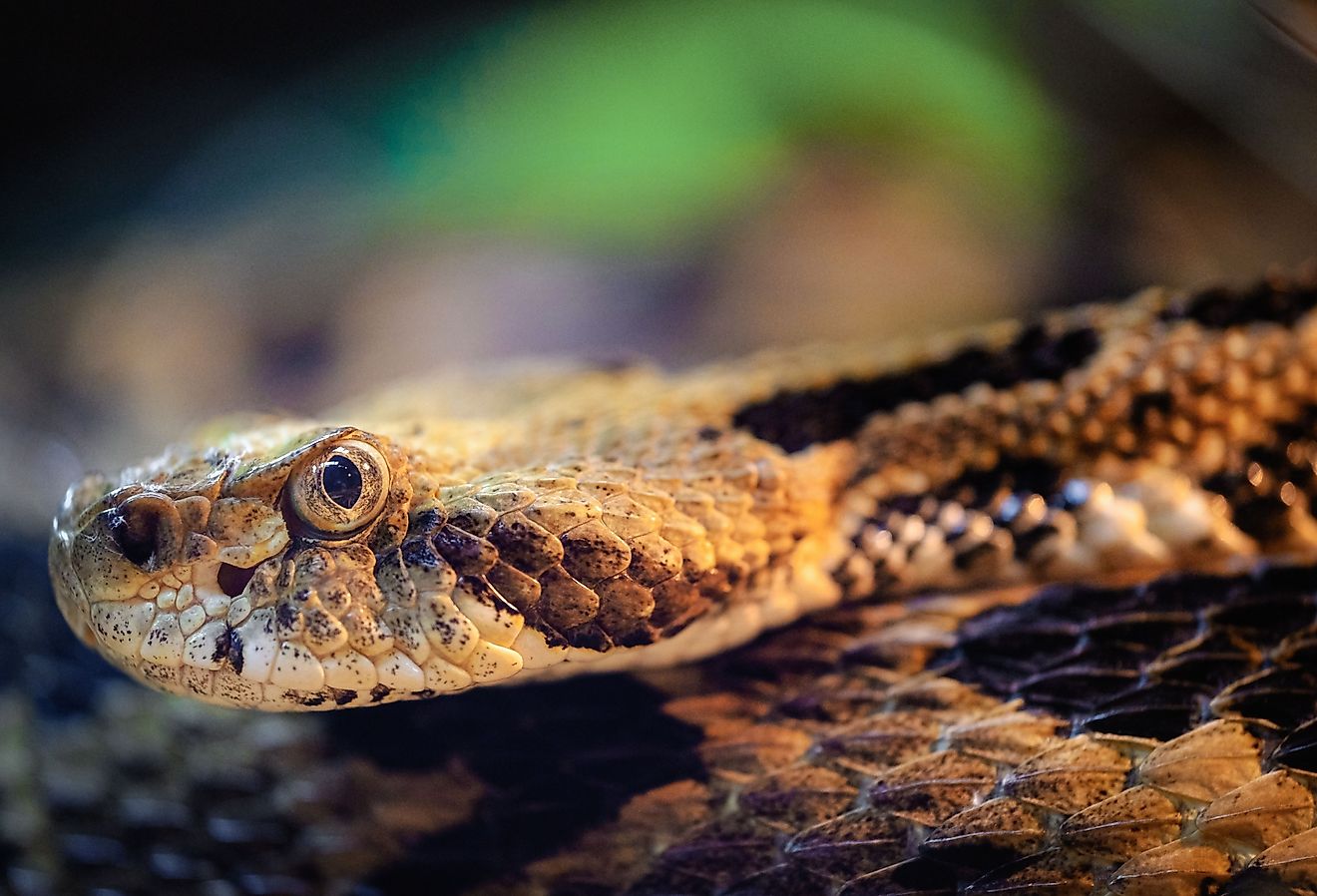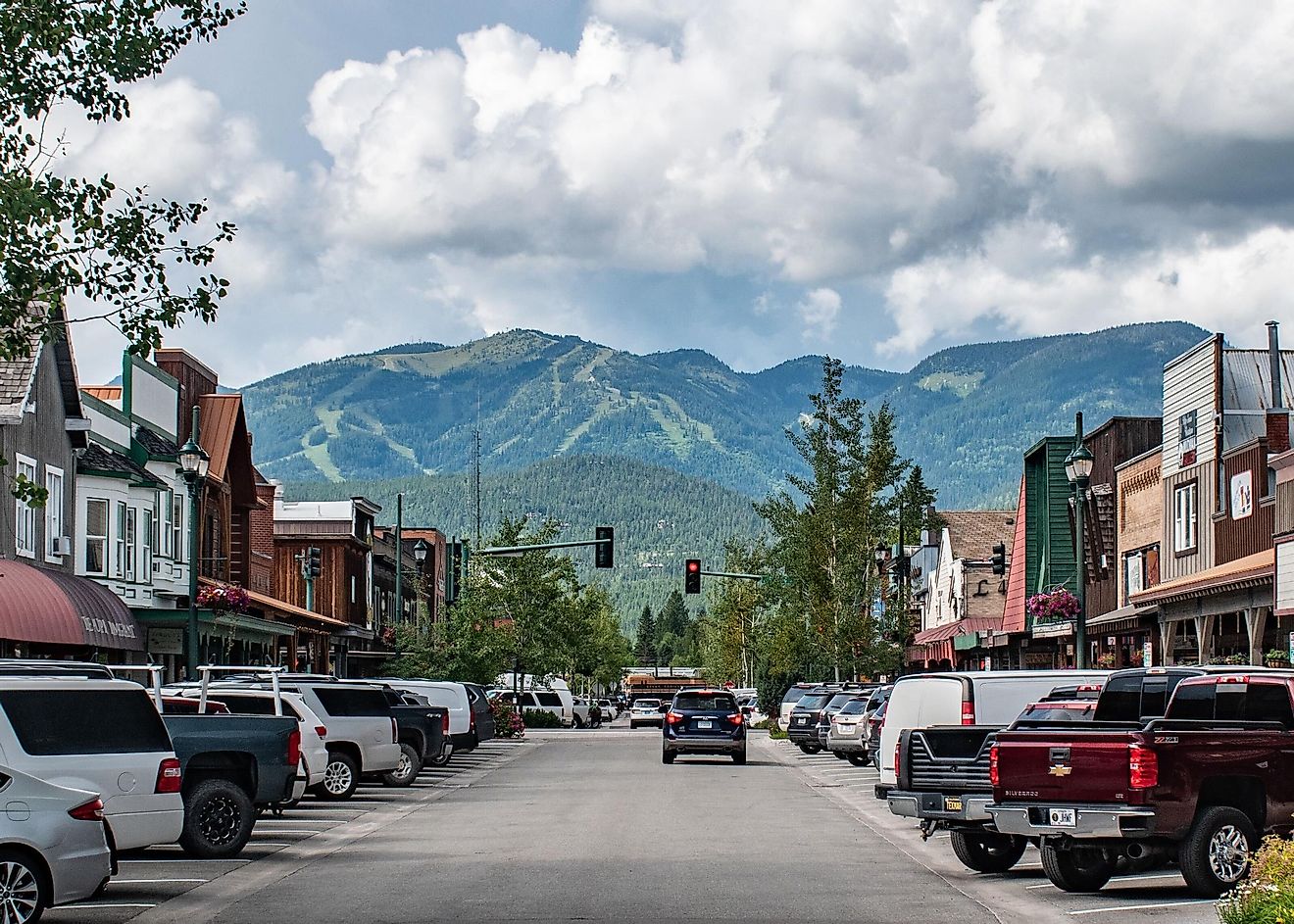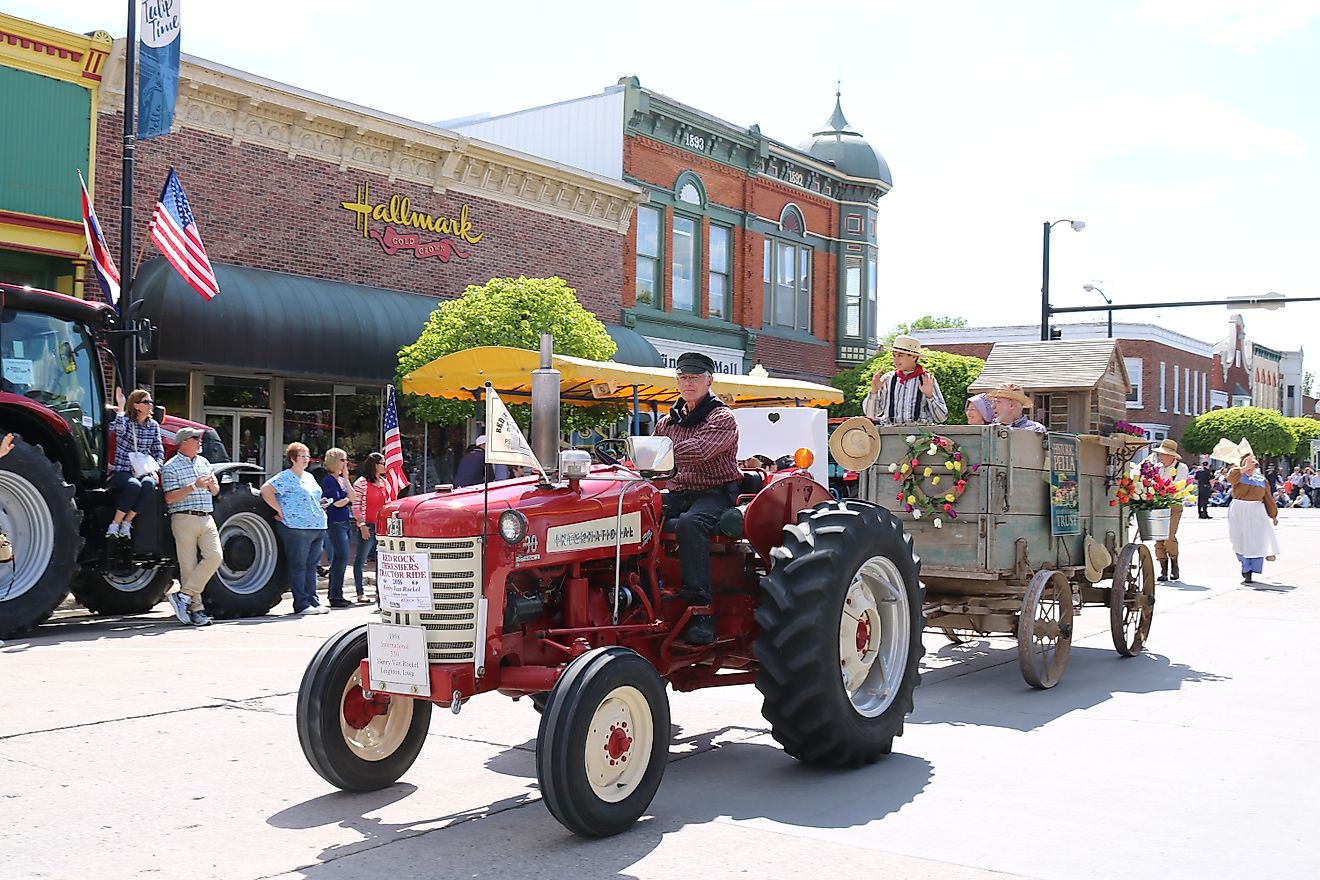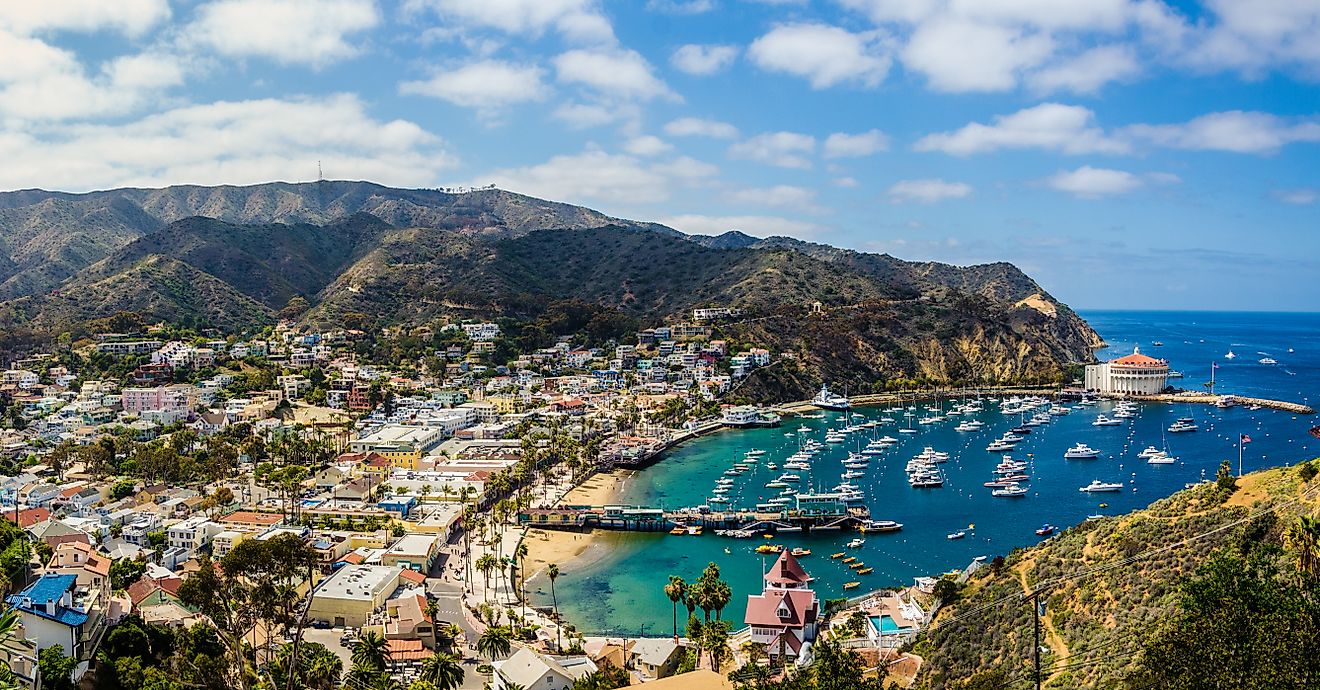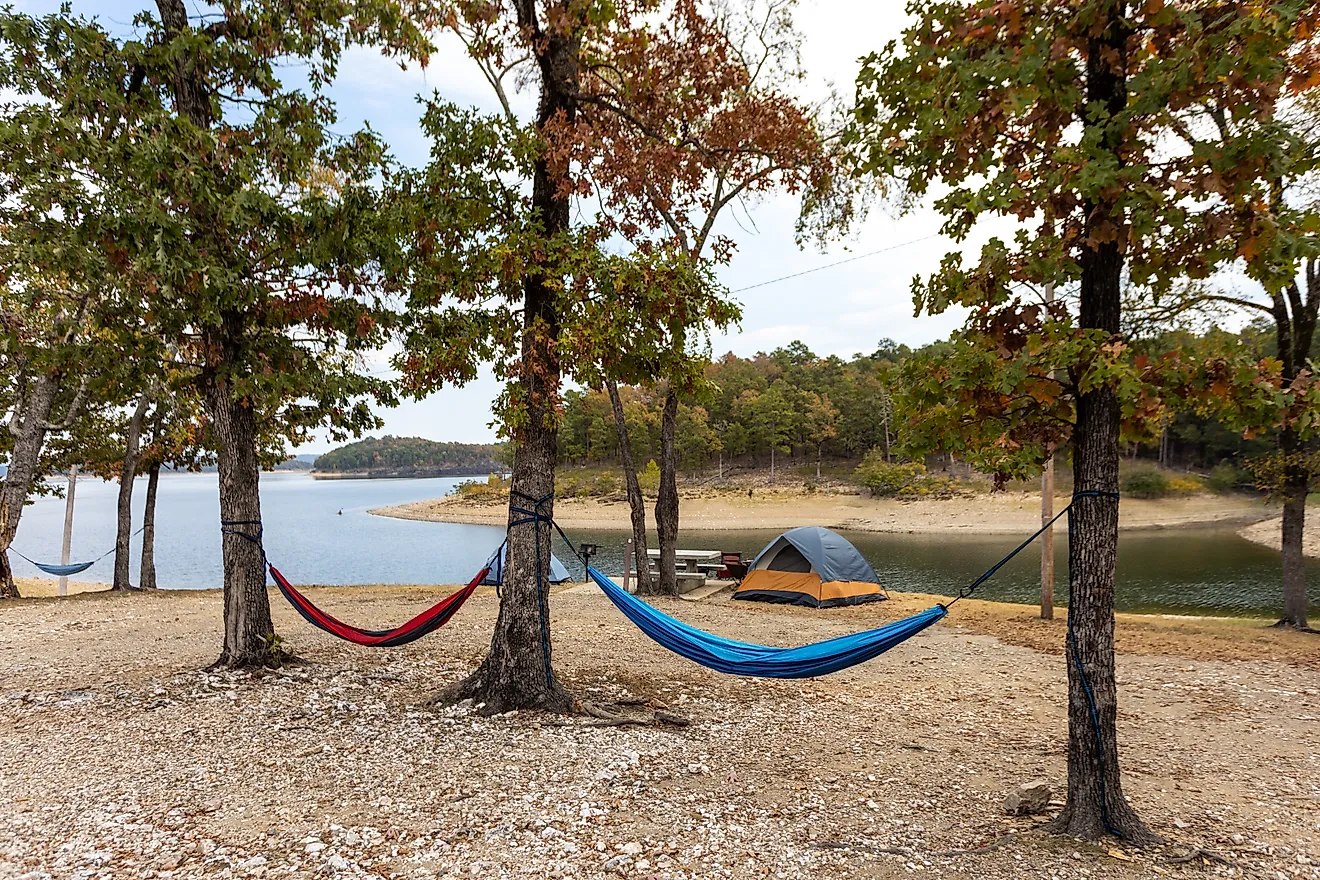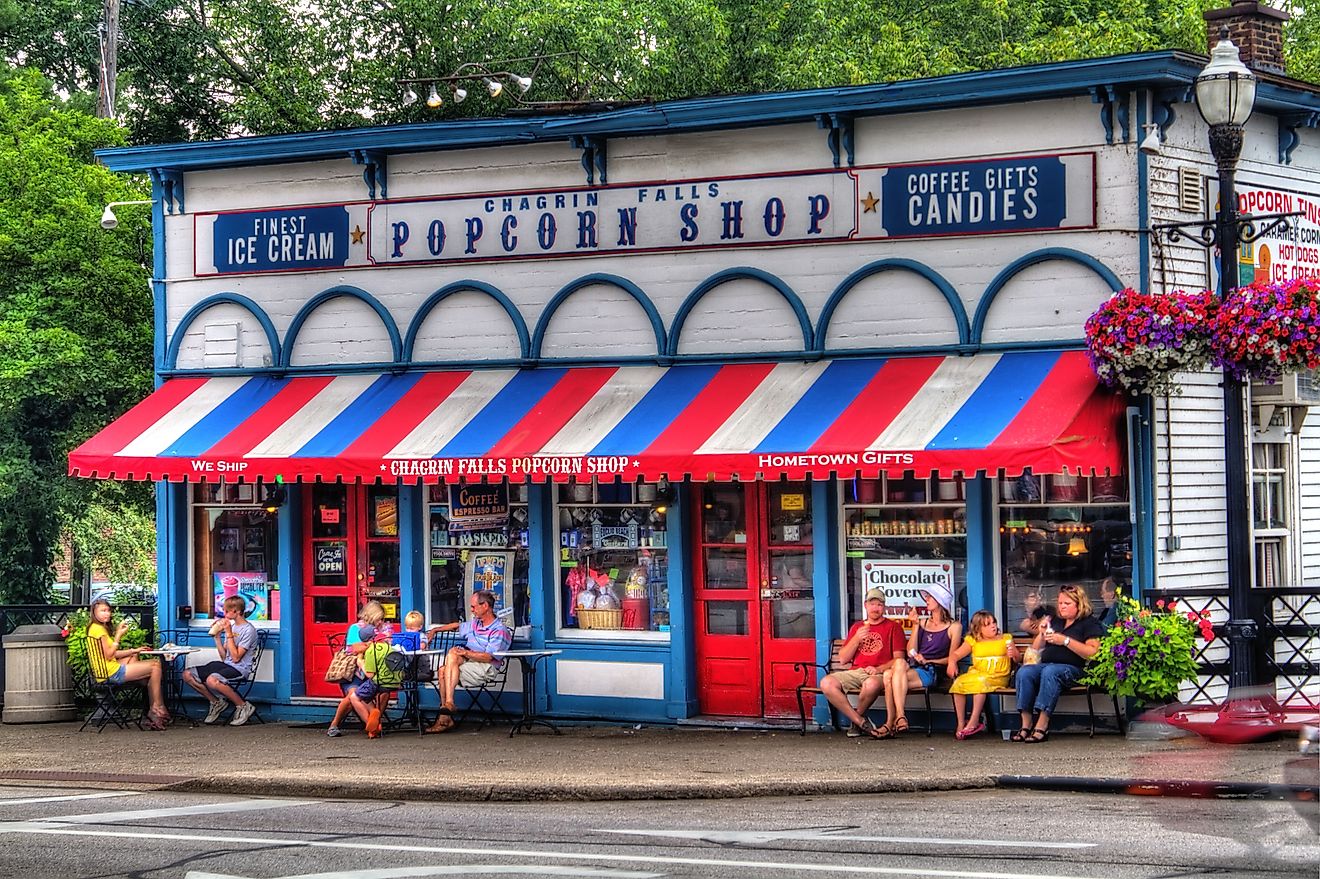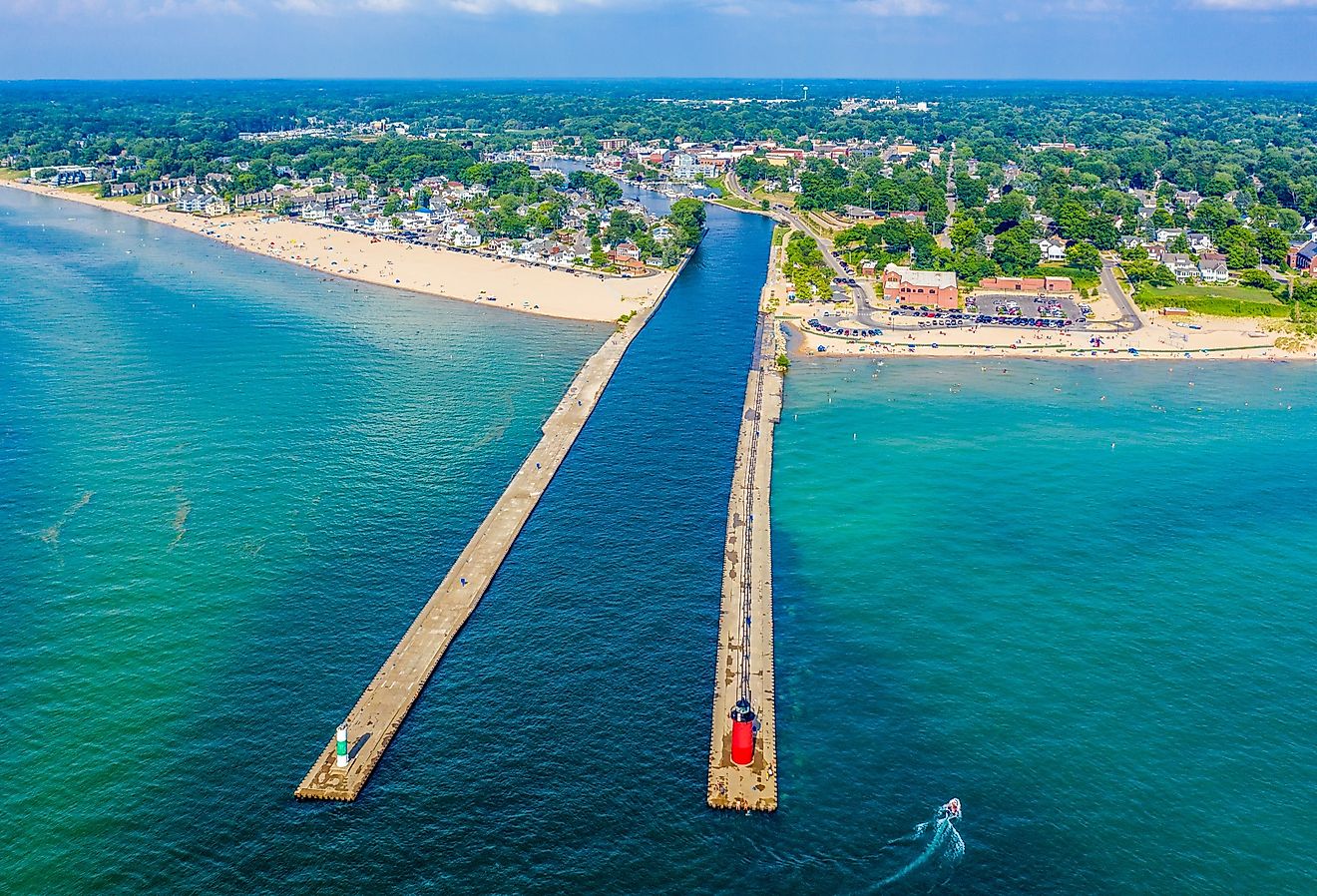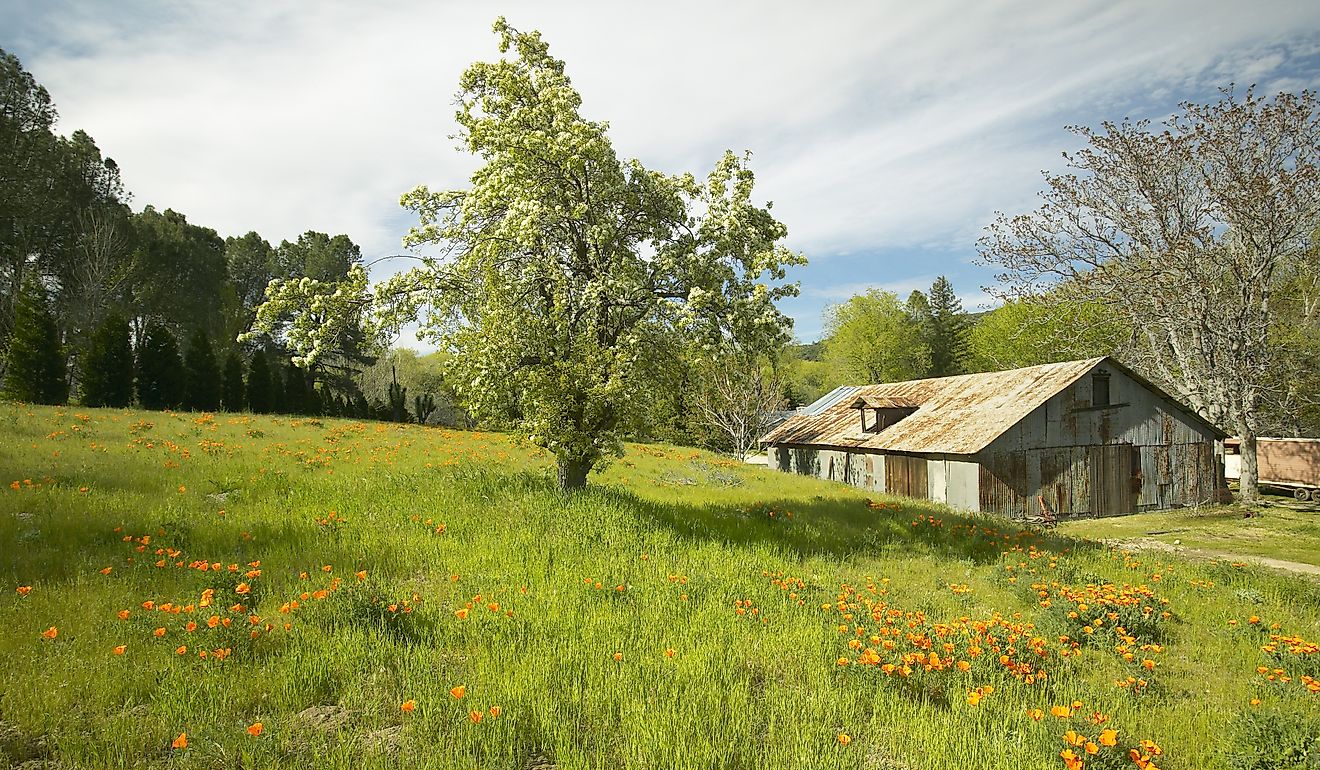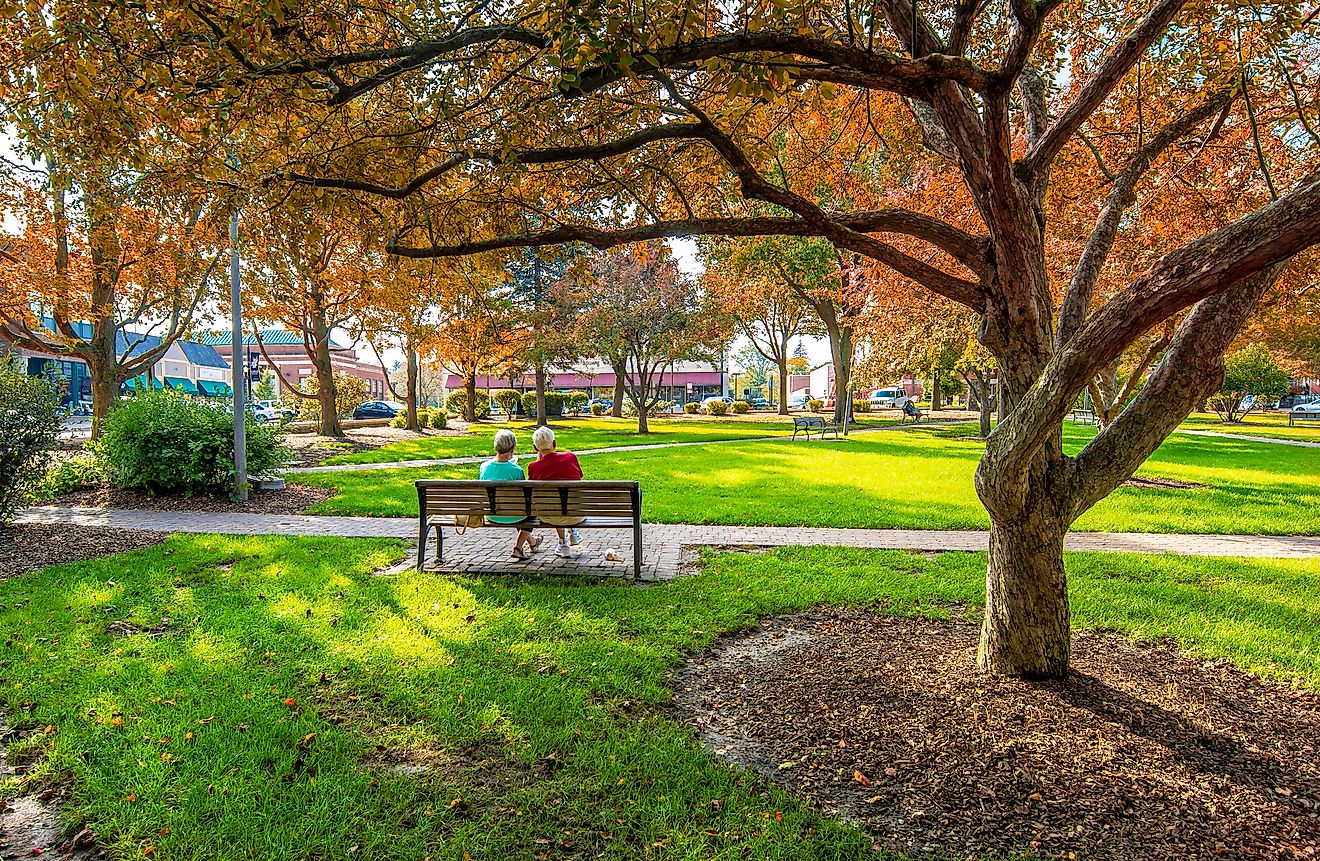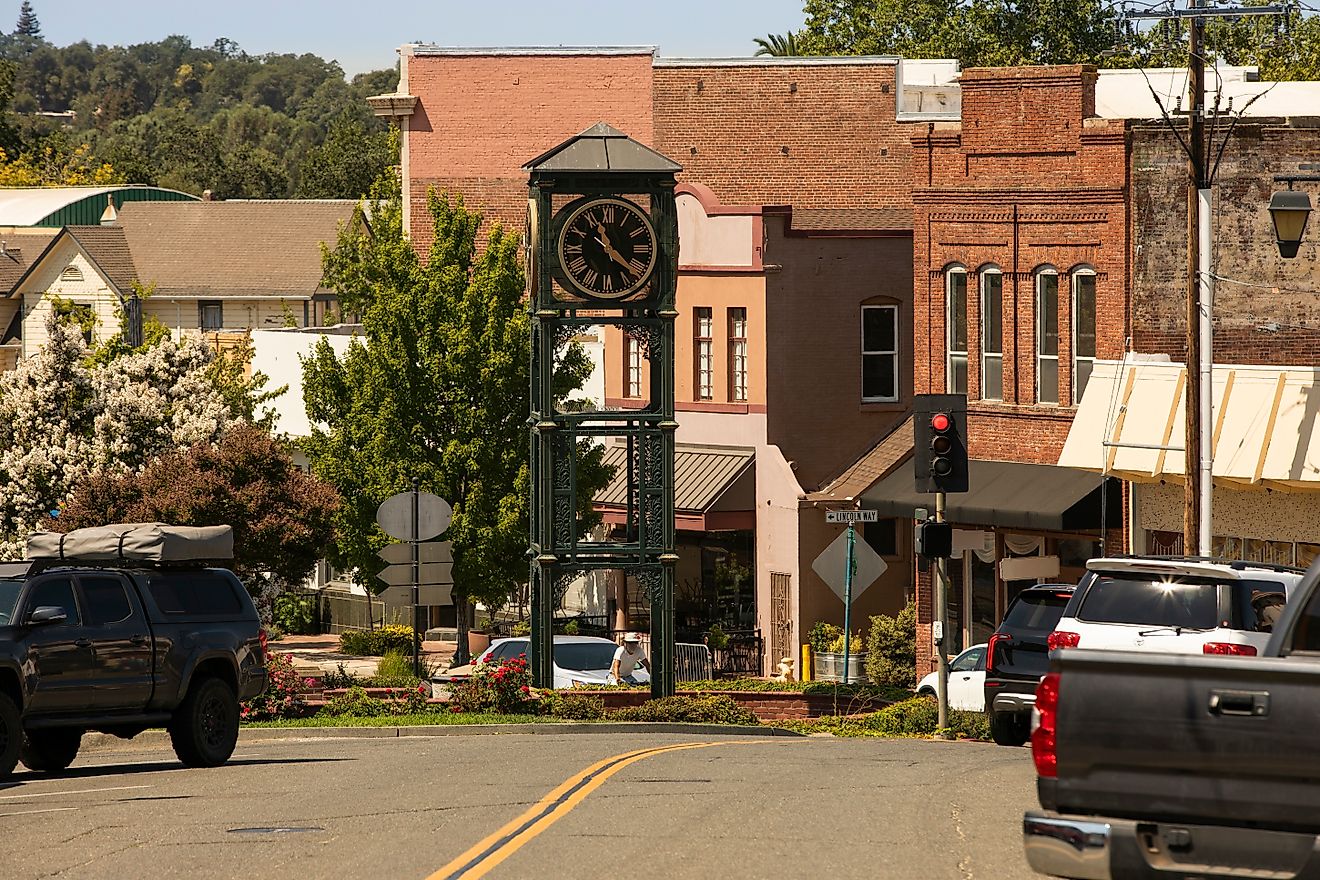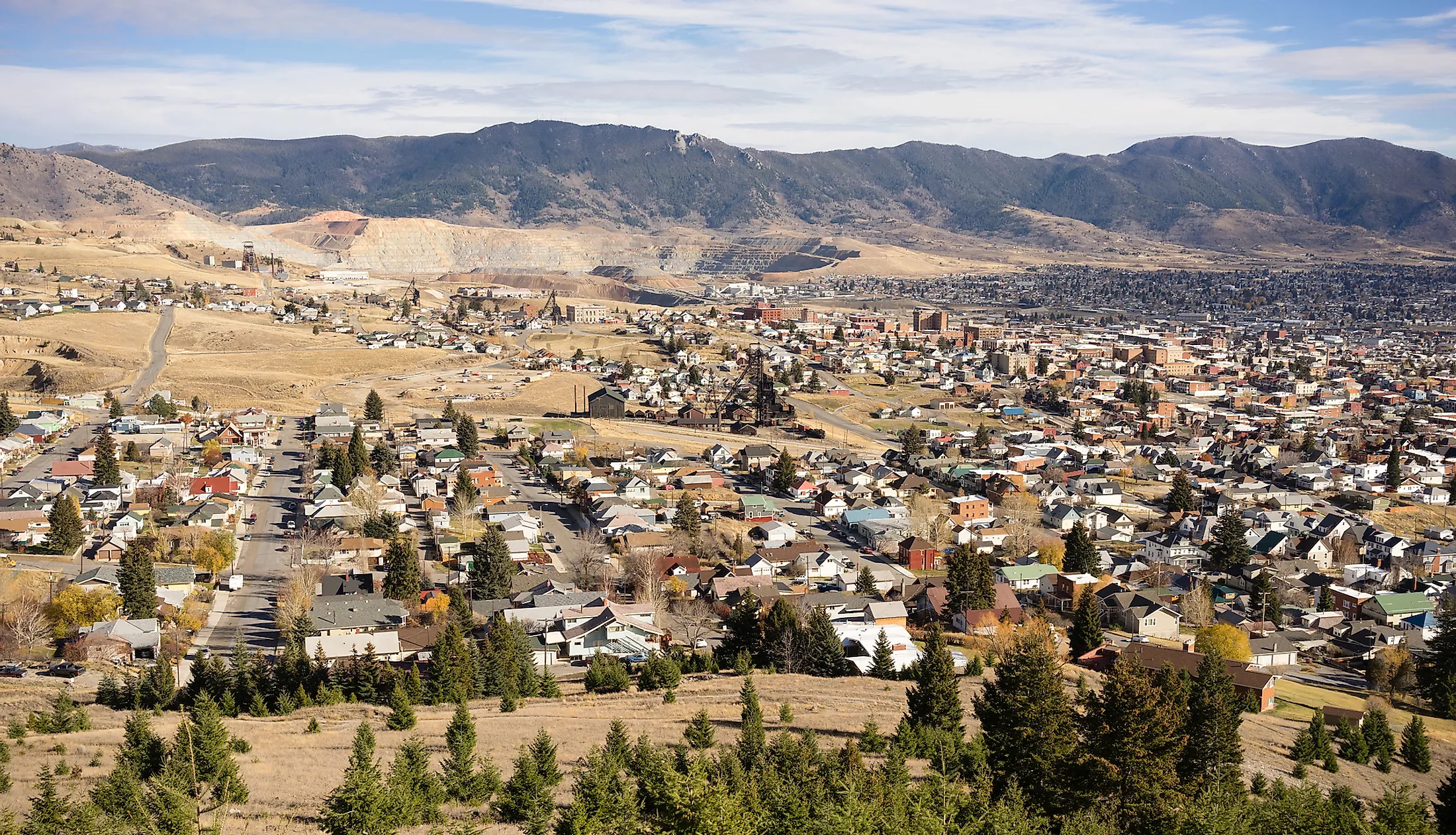
Butte, Montana
Officially referred to as Butte-Silver Bow, Butte is a consolidated city-county situated in the northern Rockies on the western descent of the Continental Divide, in the southwestern portion of the US State of Montana. Initially established as a mining camp, the early miners named Butte after "Big Butte," an adjacent conical peak locally referred to as "The Richest Hill on Earth." With 34,494 inhabitants as per the latest census, Butte is considered the 5th largest city in Montana.
Geography Of Butte
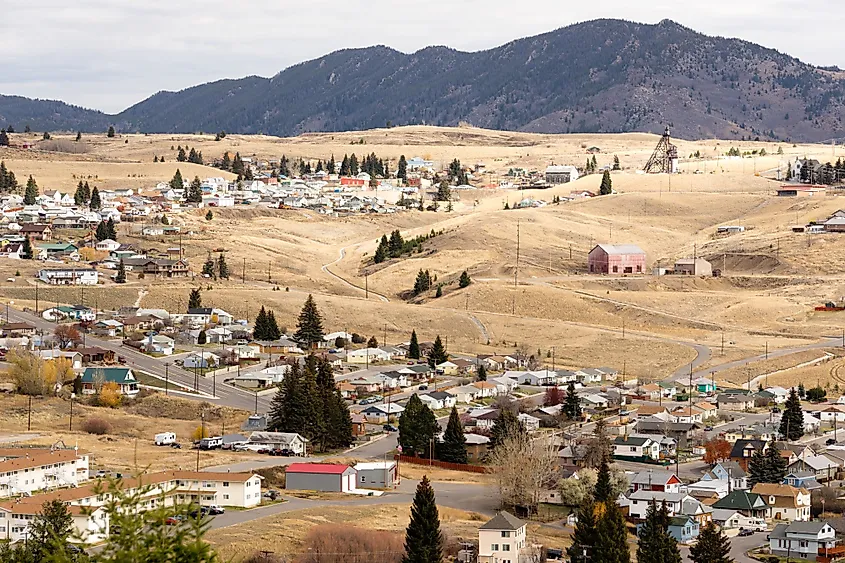
Butte-Silver Bow covers a total area of 1,856.55 sq. km, of which only 1.48 sq. km is occupied by water, and 1,855.07 sq. km is occupied by land. The city is situated in the Silver Bow Creek Valley, high in the Rocky Mountains on the Continental Divide. Butte is also located on the southwestern side of Boulder Batholith, a large mass of granite that dates back to the Cretaceous era. The urban landscape of Butte is well-known for holding mining operations within the city's residential areas. Uptown Butte, located in the city's northwestern margin on a hillside, contains many luxurious Victorian homes and cottages built in Queen Anne-style architecture in the late 19th century. With more than 6,000 such historic structures, the Uptown Historic District of the Butte is one of the country's largest National Historic Landmark Districts that has also been listed on the National Register of Historic Places. Located below the hillside, the neighborhoods of the South District of Butte are inhabited by the working class.
Climate Of Butte
According to the Köppen climate classification, Butte experiences a cold semi-arid climate, with short, dry summers and very cold, snowy winters. The warm summer season lasts from mid-June to mid-September, with the average high temperature ranging between 26.1°C and 7.7°C. The cold winter season lasts from mid-November to the beginning of March, with the average low temperature ranging between -12.2°C and -1.1°C. The yearly precipitation is very low and is mainly concentrated in the spring season. The area receives an average annual rainfall of only 12.78 inches and snowfall of 60.4 inches. Therefore, the best time to visit Butte for warm-weather activities is from early July to mid-August.
Brief History Of Butte
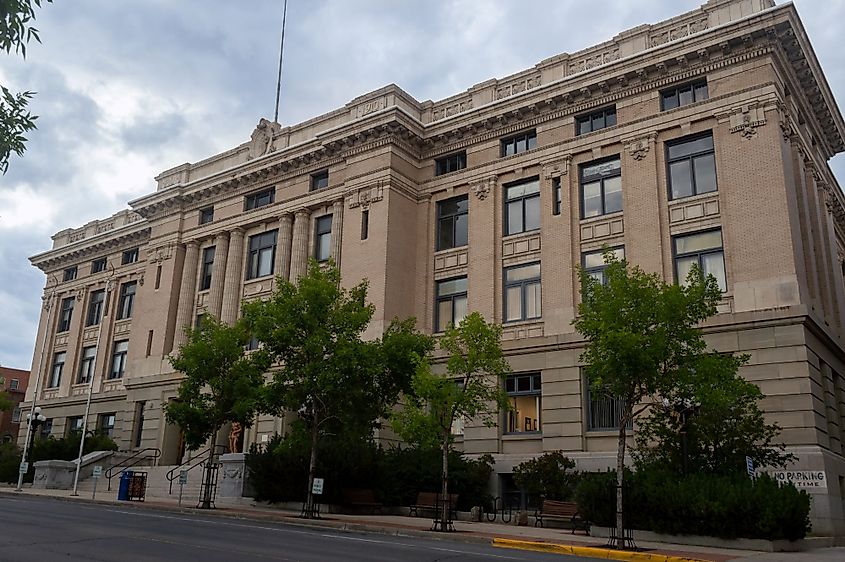
Before the establishment of Butte in 1864, the area initially consisted of a mining camp that was developed in the early 1860s. The Asteroid Mine was founded by William L. Farlin in 1874 and attracted many prospectors to the area. In the late 19th century, Butte experienced rapid development and soon became Montana's first major industrial city. In 1881, the Anaconda Copper Mining Company was established, and by 1900, the company yielded half of the nation's total copper output. In 1910 alone, 129,000,000 kg of copper ore was mined from the Butte mining district, and eventually, Butte became North America's largest copper producer. In the late 19th and the beginning of the 20th century, Butte became one of the biggest copper mining boomtowns in the American West. In addition to this, large quantities of silver and gold were also mined here, and the large amounts of ore produced in Butte earned it the nickname "The Richest Hill on Earth." In 1917, Butte witnessed the worst mining disaster in the country when an underground fire took away more than 168 lives. The mining industries experienced a decline after World War I, and with the closing of the Berkeley Pit, the mining operations finally ceased in 1985.
The Population And Economy Of Butte
As per the latest US Census, Butte-Silver Bow has a population of 34,494 inhabitants, with a population density of 18.6 inhabitants per sq. km. The population of Butte-Silver Bow has increased from the 2010 census, which reported that the city was home to 33,525 inhabitants. The biggest ethnic groups in the city are the White, which accounts for 94.3% of the city's population, followed by the Hispanic group at 4.6%, Native Americans at 2.3%, two or more races at 1.9%, Asians at 0.8%, and African Americans at 0.6%. More than one-quarter of the city's population comprises people of Irish descent, and therefore Butte has the highest percentage of Irish Americans than any other city in the country.
The latest census also revealed that there were 14,605 households in the city, with a median household income of $49,659 and a per capita income of $28,261. About 17.3% of the families residing in the city are below the poverty line. The city was initially a mining town, and its economic activities were mainly driven by several mining operations from the late 19th to the late 20th century. After the closure of the mining industries, the economy of Butte is primarily driven by various energy companies, healthcare, and tourism.
Tourist Attractions In Butte
World Museum of Mining
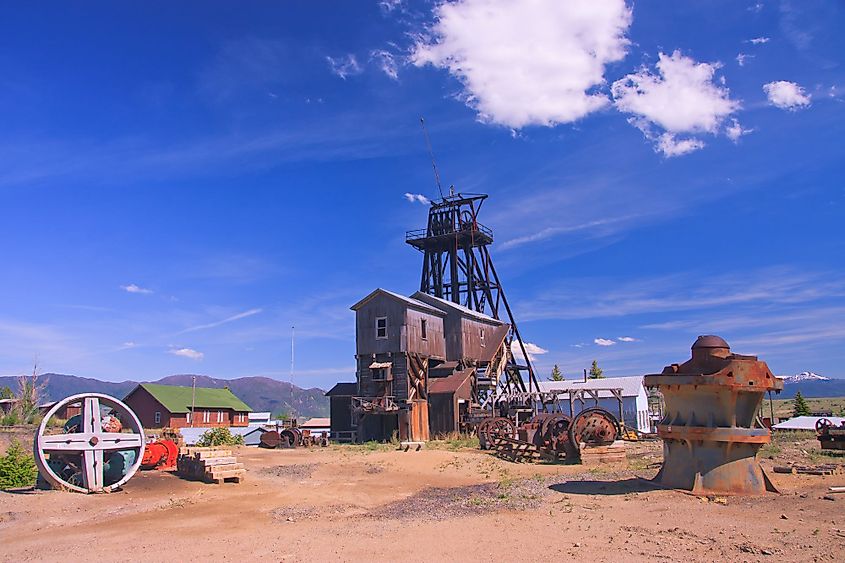
The World Museum of Mining is situated on the former site of the Orphan Girl Mine. Opened to the public in July 1965, this outdoor museum spread over 22 acres houses numerous artifacts, 50 exhibit buildings, and 66 primary exhibits that tell stories about the history of mining and its influence on Butte. In addition to this, the museum also provides underground mine tours and maintains a photo archive that depicts the town's rich mining history.
Copper King Mansion
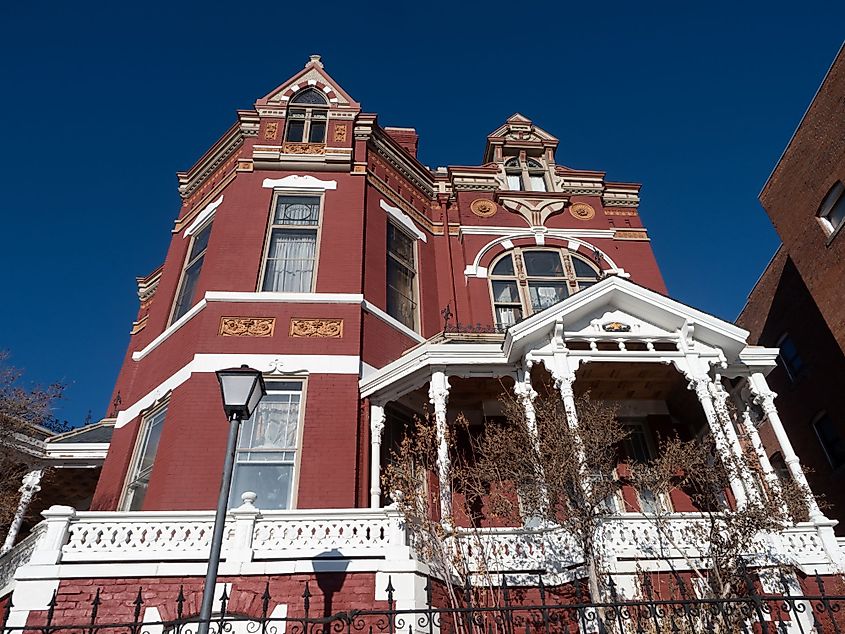
The Copper King Mansion is a 34-room residence of a well-known American entrepreneur William Andrews Clark. Located in uptown Butte, the mansion was constructed between 1884 and 1888 using the Romanesque Revival Victorian Architectural style. In 1970, the Copper King Mansion was added to the National Register of Historic Places. At present, the Copper King Mansion serves as a bed-and-breakfast and local museum.
Berkeley Pit
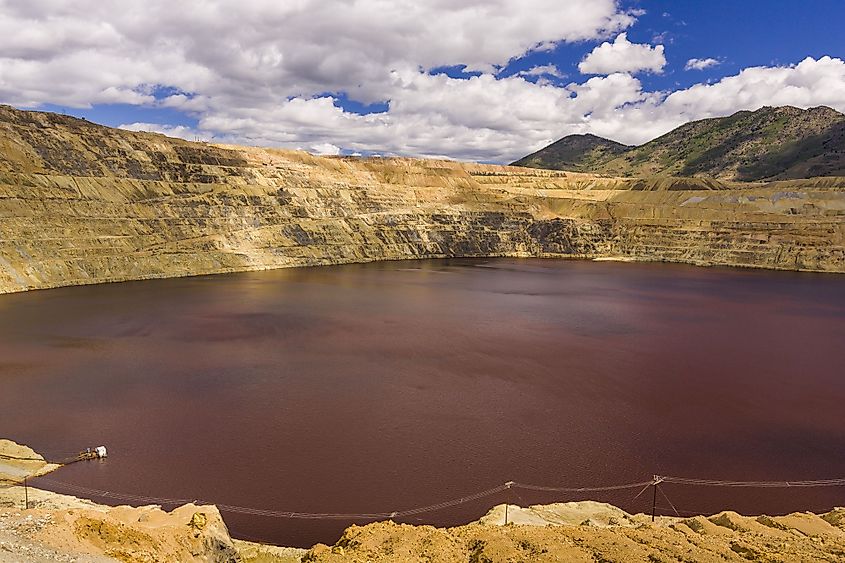
The Berkeley Pit is a massive former open-pit copper mine situated in Butte. The pit is about 1.6km in length and has a maximum width of 800m. It reaches an average depth of 540m. The Berkeley Pit is filled with heavily acidic water up to a depth of 270m. It also contains several heavy metals and chemicals that leach from the rocks. At present, the Berkeley Pit serves as a popular tourist attraction and is one of the country's biggest Superfund sites.
